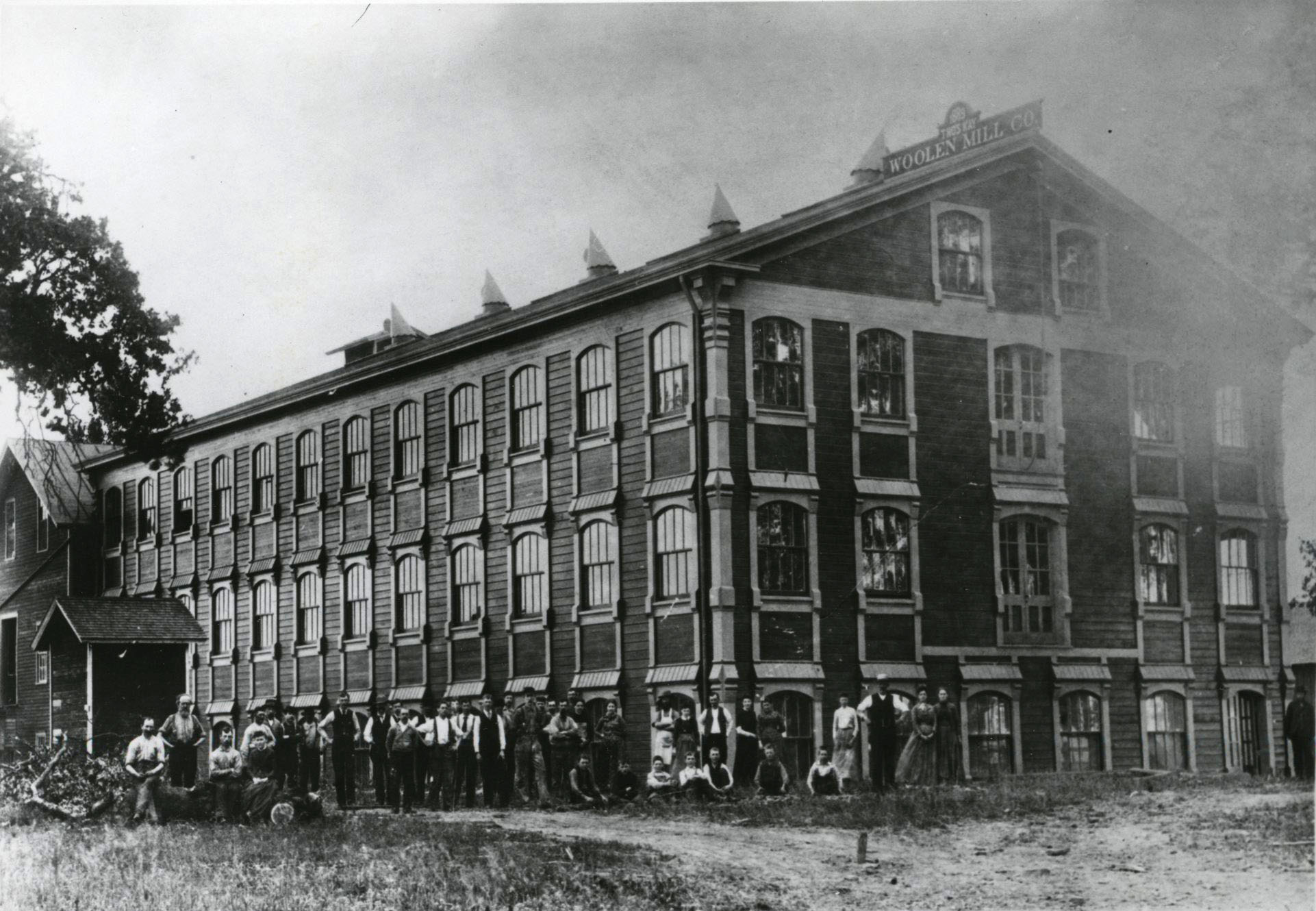Deep in the Douglas-fir forests of the Cascades, Marion Forks is a small community and stopping place on State Highway 22, sixty-seven miles east of Salem. It is named for the Marion Fork of the Santiam River, now called Marion Creek. Molala, Kalapuya, and Warm Springs people probably broke trade paths along the river at this place, followed by Euro-Americans seeking a pass over the Cascades.
In 1866, William Horn filed a homestead on the property, hoping to sell timber to the Oregon Pacific Railroad, then under construction east from Corvallis. The railroad stopped short of Marion Forks by twelve miles, and Horn’s property languished until 1932, when Scott Young, recently of Cascade Locks, purchased the deed.
Young worked for the Forest Service, and he saw an opportunity to serve the room-and-board needs of the road crews on Highways 20 and 22. Using salvaged lumber, the Young family built cabins and a cookhouse, which later grew into Marion Forks Lodge Restaurant. Rebuilt after fires in 1947 and 1972, the restaurant became the center of a small community of rustic vacation cabins and small homes for a few dozen residents.
The Marion Forks community grew slightly with the addition of Marion Forks Hatchery in 1951, an effort to mitigate fish loss from the Detroit Dam downstream. Though the restaurant closed temporarily in 2008, Marion Forks has remained a stopover for travelers and a home for long-time residents.
-
![Marion Fork Fish Hatchery.]()
Marion Forks Fish Hatchery, ba020315.
Marion Fork Fish Hatchery. Oreg. Hist. Soc. Research Libr., ba020315
Related Entries
Map This on the Oregon History WayFinder
The Oregon History Wayfinder is an interactive map that identifies significant places, people, and events in Oregon history.
Further Reading
Fleetwood, Evangelyn. “A Successful Failure: The Oregon Pacific Railroad.” Historic Marion. 40:3 (2002): 1-8.


